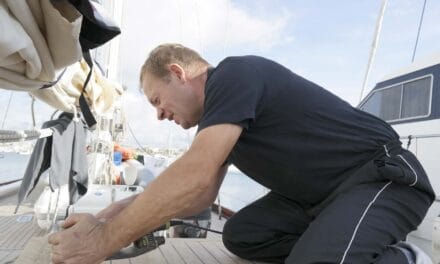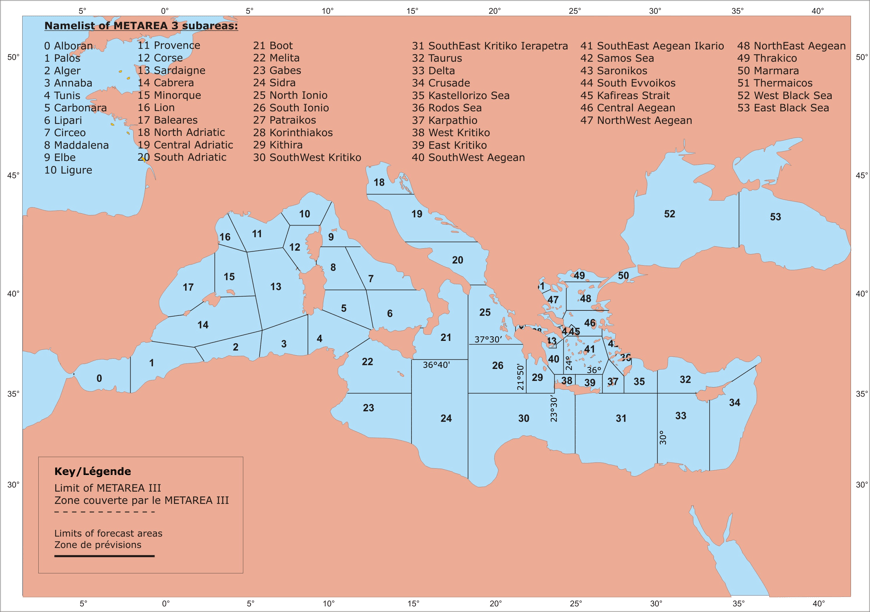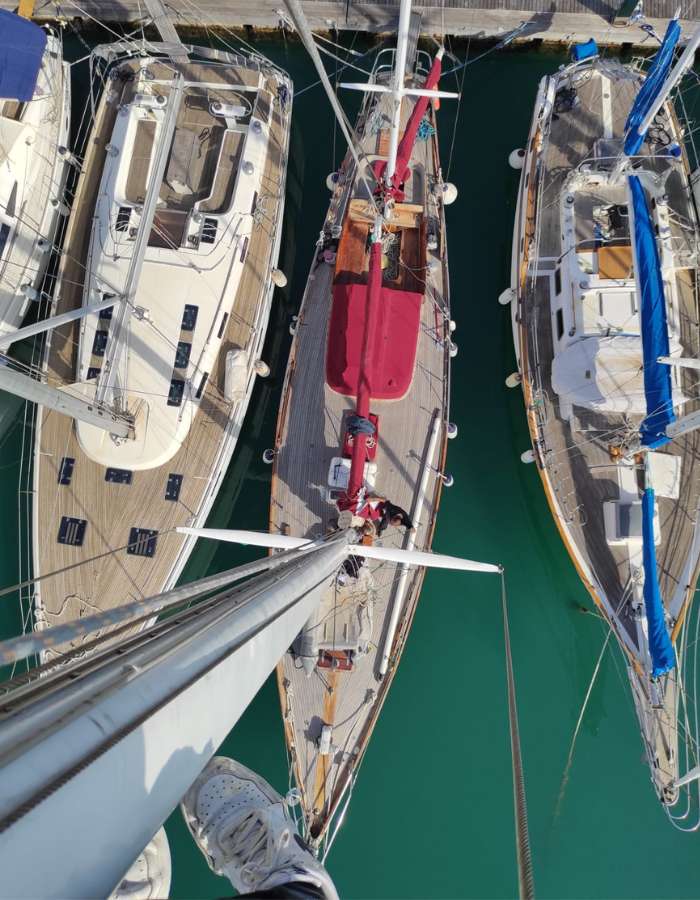Watch Systems at Sea: A Sailor’s Real-World Guide
The Complete Guide to Watch Systems at Sea: A Sailor’s Handbook
After thousands of nautical miles and countless nights on watch, I’ve learned that the difference between an exhausting passage and a pleasant one often comes down to your watch system. Let me share what really works out there on the big blue, drawing from both personal experience and collective wisdom of seasoned ocean sailors.
Why Watchkeeping Matters
Picture this: It’s 0300, you’re three days into your Atlantic crossing, and you’re trying to keep your eyes open while scanning the horizon. Your crew is asleep below, trusting you to keep them safe. This is where a well-planned watch system becomes crucial.
I learned this lesson the hard way during my first ocean crossing. Five days in, I was so tired I started seeing things that weren’t there. We were using a basic 4-on, 4-off system, and it was slowly breaking us. That experience taught me that choosing the right watch system isn’t just about tradition – it’s about survival.
Comprehensive Watch Systems Guide
Here’s the most complete breakdown of watch systems you’ll find, tested across oceans and refined by real experience:
| Watch System | Crew Size | How It Works | Best For | Watch Times Example | Key Benefits |
|---|---|---|---|---|---|
| Dog Watch | 2 | 6-on, 6-off with rotating “dog watches” | Experienced crews | 0000-0600, 0600-1200, 1200-1800, 1800-2100, 2100-0000 | Predictable routine, good for long passages |
| Swedish Watch | 2 | 3-3-3-6 pattern | Less experienced crews | 0000-0300, 0300-0600, 0600-0900, 0900-1500 | Better rest cycles, shorter night watches |
| Maritime Watch | 3 | Traditional 4-on, 8-off | Professional crews | 0000-0400, 0400-0800, 0800-1200, etc. | Professional standard, well-proven |
| Family Watch | 3-4 | Flexible 3-hour day watches, 4-hour nights | Family crews | Daytime: 3-hour rotations, Night: 4-hour watches | Adaptable to family needs |
| Day-Night Split | 2 | 12-on, 12-off split | Couples/partners | 0600-1800, 1800-0600 | Natural circadian rhythm |
| Buddy System | 2 | 3-hour watches with 1.5-hour changes | Newer crews | Night: 2100-0000 (A+B switch at 2230) | Enhanced safety, shared responsibility |
Deep Dive into Each System
For Two-Person Crews
The Swedish Watch (3-3-3-6)
This has become my go-to recommendation for most crews. Here’s why it works so well: The shorter night watches mean you’re never fighting sleep for too long, and that six-hour block during the day is pure gold for proper rest. Last year, crossing from the Canaries to the Caribbean, we used this system for 23 days straight, even through two nasty storms.
The Buddy System
This is my favorite innovation for newer crews. Instead of suffering alone through a three-hour watch, you switch primary and support roles every 1.5 hours. It works like this:
- 2100-2230: Crew A on primary watch, Crew B providing support
- 2230-0000: Crew B takes primary, A supports
- 0000-0130: Back to A primary, B support
- 0130-0300: B primary, A support
Day-Night Split (12-12)
Perfect for couples who naturally fall into different rhythms. One partner might be a night owl while the other prefers daylight hours. I’ve seen this work brilliantly for long-term cruising couples who’ve really dialed in their natural preferences.
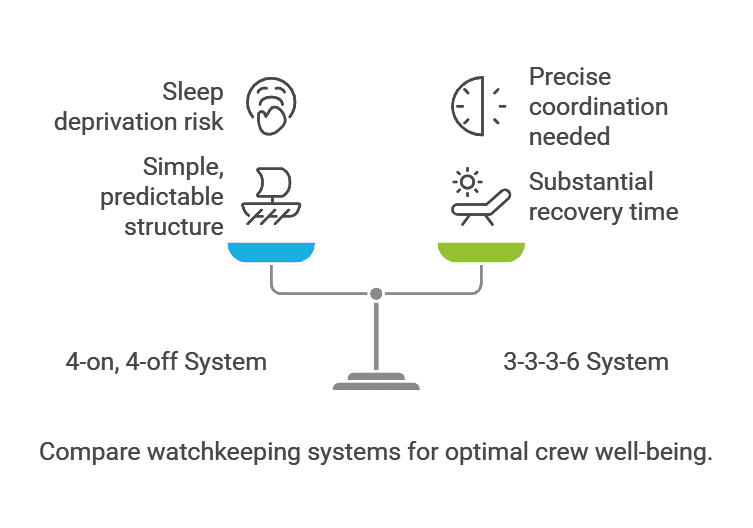
For Three-Person Crews
Maritime Watch
This traditional system still holds up, especially with professional or semi-professional crews. The eight-hour off-watch period allows for proper sleep cycles, and the four-hour watches are manageable for experienced sailors.
Family Watch
Flexibility is key here. Parents often take longer night watches while others handle shorter daytime shifts. I’ve seen families modify this system endlessly to accommodate children’s schedules and individual capabilities.
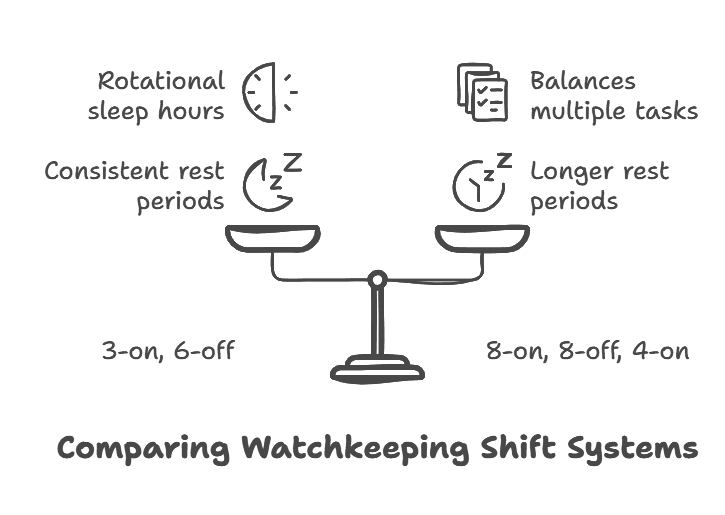
Making Your Watch System Work
- Start Fresh
Begin your watch system before departure day. Get into the rhythm while still in port. - Keep Proper Records
Your logbook is your friend. Note everything: weather changes, ship sightings, course adjustments. It keeps you alert and informs the next watch keeper. - Safety First
- Always clip on at night
- Use proper safety equipment
- Maintain regular radio watches
- Keep AIS and radar running
- Technology Integration
Modern tools are great, but they’re supplements, not replacements. Your eyes and ears are still your best assets.

Special Considerations
Heavy Weather
When conditions deteriorate, you might need to modify your watch system. Having two people on deck might become necessary. Be flexible and adjust according to conditions.
Solo Sailing
For those brave souls crossing oceans alone, the challenge is different. While there’s no perfect solution, successful solo sailors often use a polyphasic sleep pattern:
- 20-minute naps maximum
- Multiple alarms always set
- Radar guard zones activated
- AIS proximity alerts enabled
According to the LAW you have to keep 24h lookout. How to do that sleeping? You have to discuss this matter with your Insurance Agency before sailing.
Real-World Testing
Before committing to a watch system for a long passage, test it on shorter trips. What works in theory might need tweaking in practice. I always recommend a shakedown cruise of at least 48 hours to test your chosen system.
Sources for Further Reading
- Cornell, Jimmy. “World Cruising Routes” (2024) – Essential reading for passage planning
- Royal Ocean Racing Club Guidelines (2023) – Professional watchkeeping standards
- US Coast Guard Navigation Rules (2024) – Legal requirements
- RYA Yachtmaster Ocean Materials (2023) – Comprehensive watchkeeping protocols
- Moitessier, Bernard. “The Long Way“ – Classic insights still relevant today

Final Thoughts
Remember, the best watch system is the one that keeps your crew safe and alert. What works for a racing crew might not suit a family. Test, adjust, and always prioritize rest and safety. If it looks too hard – ask for yacht delivery offer and enjoy life!
Last updated: December 2024 based on current ocean passage-making practices and regulations.
Want to discuss watch systems or share your experiences? Find me at major ports along the Atlantic crossing routes each season, or join the discussion in the comments below.




